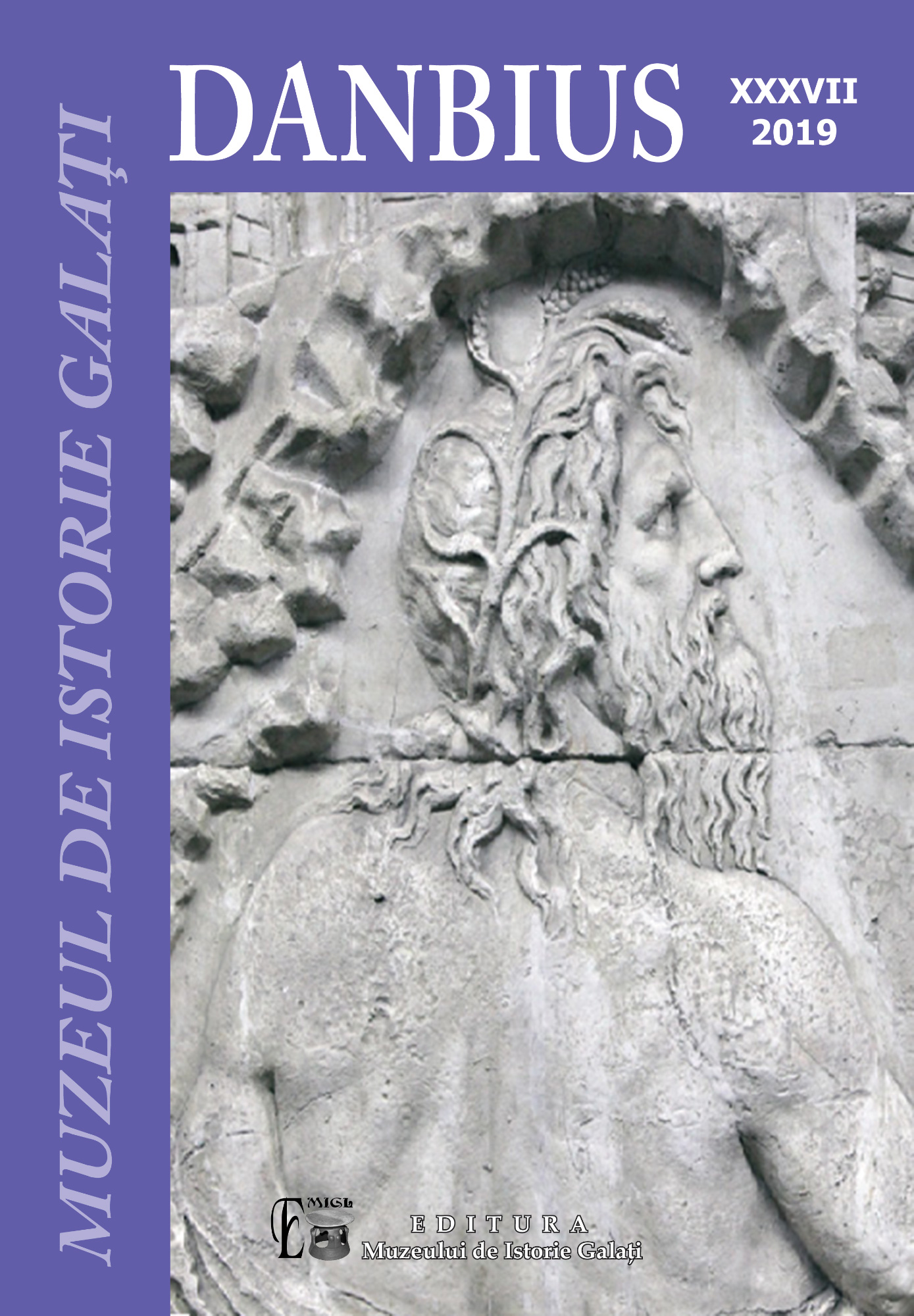Considerații asupra relațiilor de schimb ale comunităților culturii Cucuteni de pe teritoriul României
Some Considerations Regarding the Exchanges among the Communities of Cucuteni Culture, on the Territory of Romania
Author(s): Ovidiu Soleriu CotoiSubject(s): History, Archaeology
Published by: Muzeul de Istorie „Paul Păltănea” Galaţi
Keywords: Cucuteni culture; exchanges; exchanges of material assets; ceremonial exchanges; gifts; jewelry; objects of prestige;
Summary/Abstract: Prehistoric exchanges are a highly interesting topic, due to their connection with the whole economic and social system and to the great impact the circulation of people, assets and ideas has upon the genesis and the evolution of a culture. The paper analyses several aspects of the exchange relations among the communities of Cucuteni culture. By “exchange”, the author means all those freely agreed social relations, through which the mutual transfer of material or cultural goods, among the members of one or more communities. Therefore, by “exchange”, we refer to economic exchanges, to the ceremonial exchanges that play an important role in the enhancement of social cohesion, in establishing alliances and hierarchies, in appeasing the conflicts. We also refer to some other non-material exchanges, such as offering various services, hosting, using the polite language (both in its oral form and as gestures) and the transfer of ideas, of knowledge, of spiritual values and so on. The exchanges take place on three highly connected levels: the exchanges among the members of the same community, the exchanges among the members of some neighbouring communities, the long-distance exchanges, which cross the borders of one culture and involve not only the members of Cucuteni culture but also those of some neighbouring cultures. The spatial distribution of the imports prove that the exchanges involving the Cucutenian communities followed two major axes: North-South and East-West, converging towards the Subcarpathic area of Moldavia. We claim that this convergence is a consequence of the existence, in that area, of resources of salt, controlled by the Cucutenian communities. Salt was a “strategic” resource for the economy of the Eneolithic agricultural communities. The exchanges of material assets with the neighbouring populations made possible the transfer of crafts, of aesthetical and spiritual values, which, having been assimilated by the Cucutenian cultures, contributed to the apparition of the specificities of this culture.
Journal: Danubius
- Issue Year: XXXVII/2019
- Issue No: 1
- Page Range: 7-18
- Page Count: 11
- Language: Romanian

